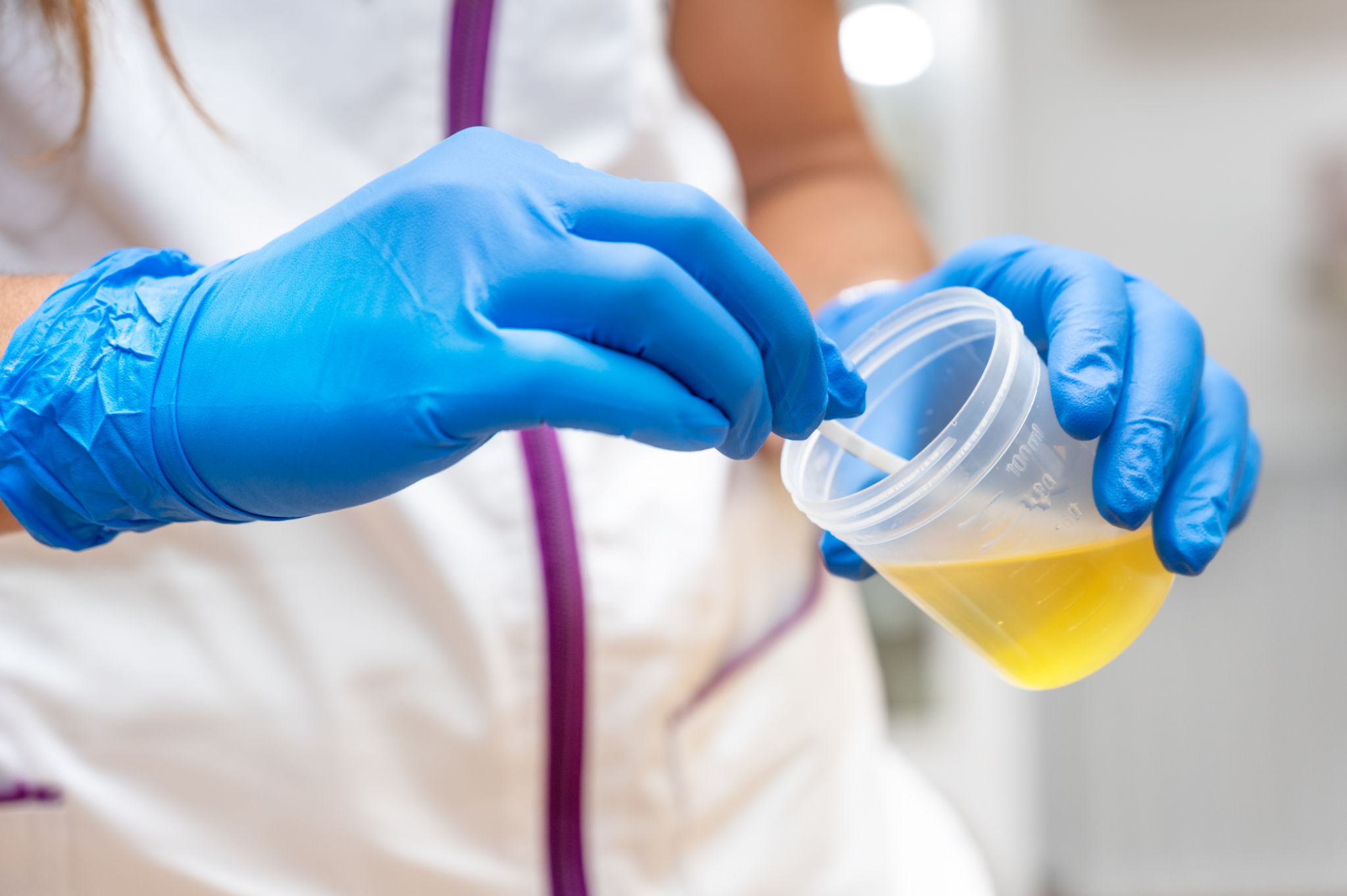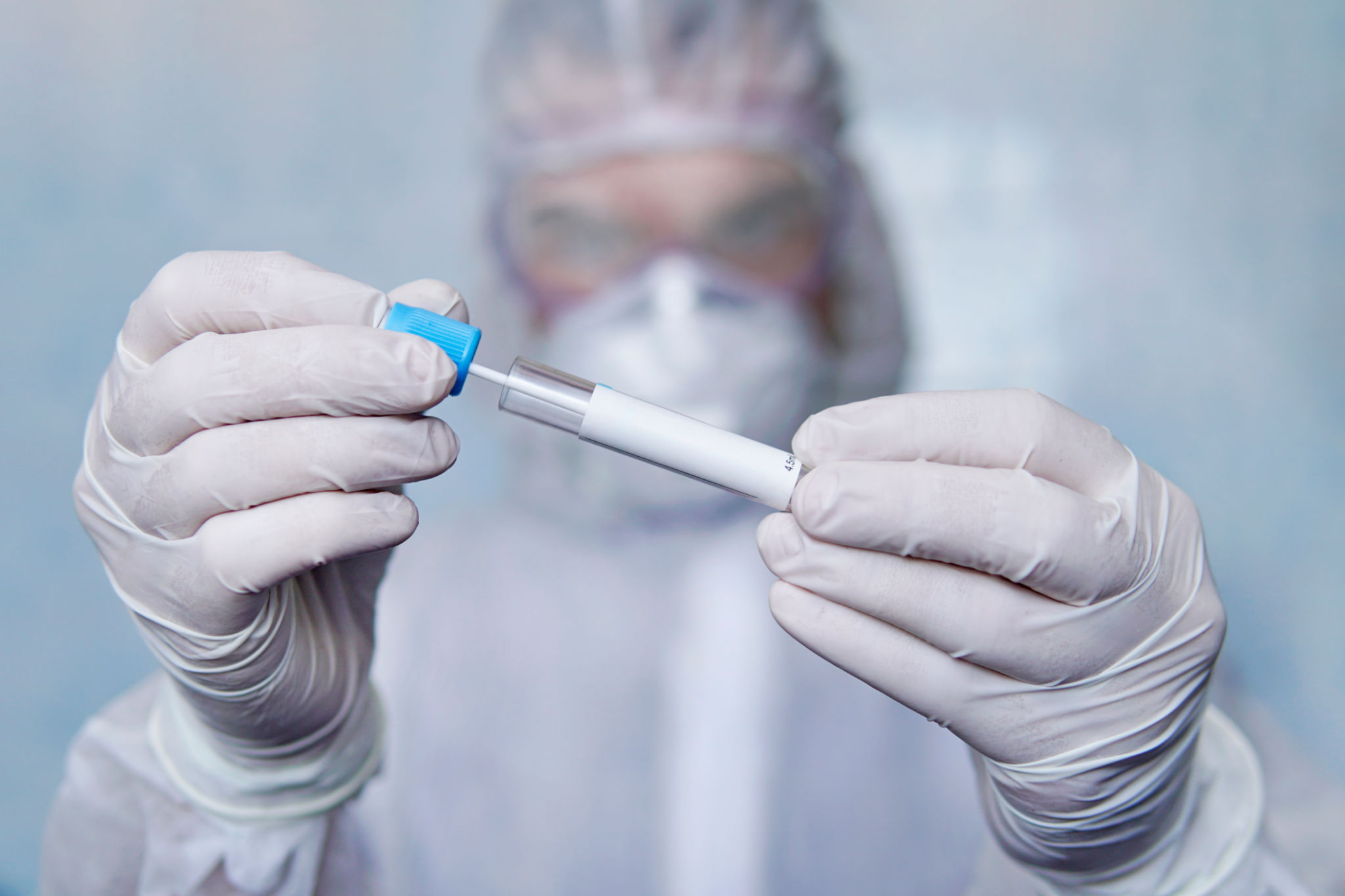How to Choose Between Hair, Urine, and Oral Specimens for Screening
Understanding Specimen Types for Screening
Choosing the right specimen type for drug screening is crucial for obtaining accurate and reliable results. The three most common specimens used are hair, urine, and oral fluids, each offering distinct advantages and limitations. Understanding these differences can help you make an informed decision based on your specific needs and circumstances.

Hair Specimen Analysis
Hair testing is known for its long detection window, which can range from 30 to 90 days. This makes it an excellent choice for detecting chronic drug use. Since drugs become part of the hair shaft as it grows, hair specimen analysis provides a history of drug use over an extended period. However, it is not suitable for detecting recent drug use, as it takes about 5 to 7 days for drugs to appear in the hair.
Another advantage of hair testing is its resistance to tampering. Hair specimens are difficult to adulterate or substitute, providing a greater assurance of sample integrity. However, some considerations include higher costs compared to other methods and potential variations in drug incorporation based on hair color and texture.
Urine Specimen Testing
Urine testing is the most widely used method for drug screening due to its balance of cost-effectiveness and detection capabilities. It is particularly effective for detecting recent drug use, with detection times ranging from a few hours up to several days, depending on the substance. This makes it ideal for pre-employment screenings and random drug tests.

Urine testing is relatively easy to administer and provides quick results. However, it is more susceptible to adulteration and substitution compared to hair testing. Various methods such as temperature checks and chemical analysis are used to ensure sample validity.
Oral Fluid Specimen Testing
Oral fluid testing, also known as saliva testing, offers a non-invasive and quick alternative for drug screening. It is effective in detecting very recent drug use, typically within the past 24 to 48 hours. This method is especially useful in situations where immediate results are needed, such as roadside testing or post-accident investigations.
While oral fluid tests are less prone to adulteration compared to urine tests, they have a shorter detection window. Additionally, the concentration of drugs in saliva can be lower than in other specimens, potentially affecting sensitivity.

Making the Right Choice
When deciding on a specimen type, consider factors such as the detection window required, susceptibility to tampering, cost constraints, and the specific drugs being tested for. Each specimen type has its unique strengths, so the choice depends largely on the context of the screening.
For long-term monitoring and minimizing tampering risks, hair testing might be the best choice. If the goal is to detect recent use at a lower cost, urine testing could be more suitable. For immediate results and ease of collection without privacy concerns, oral fluid testing is advantageous.
Conclusion
Choosing between hair, urine, and oral specimens involves weighing various factors like detection windows, potential for adulteration, costs, and specific circumstances of the screening process. By understanding these differences and aligning them with your goals, you can select the most appropriate method to ensure effective and reliable drug screening outcomes.
